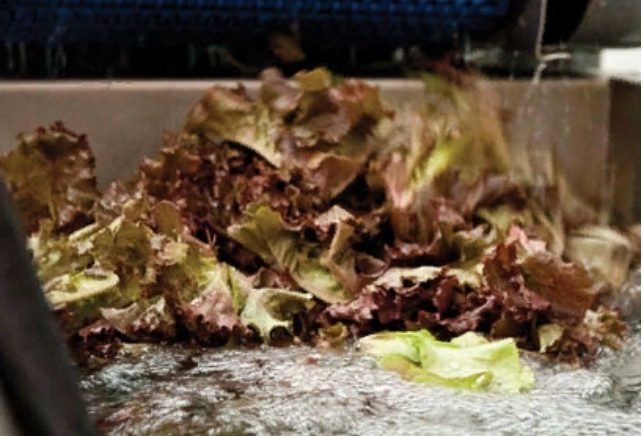USDA recently awarded $40.2 million in value-added producer grants to 298 recipients in 44 states and Puerto Rico.
According to USDA, the grant program is a tool for independent fruit and vegetable producers, among others in the farming industry, to enhance their ability to meet consumer demand and move their products into the marketplace.
“These projects will provide financial returns and help create jobs for agricultural producers, businesses and families across the country,” said Kathleen Merrigan, USDA’s deputy secretary. “This funding will promote small business expansion and entrepreneurship opportunities by providing local businesses with access to capital, technical assistance and new markets for products and services.”
Program guidelines hold that grants can be made in amounts up to $300,000 for working capital and $100,000 for planning. Applicants must be able to match the USDA grant dollar for dollar.
“This isn’t just a handout,” said Mike Daniels, a loan specialist with the business and cooperative programs section of USDA Rural Development in Wisconsin. “They have skin in the game. It’s a dollar for dollar match.
“It takes their idea and they’re putting in their labor, their time, their money and the government has given them an opportunity to take the hog he would have sold to market and convert it into smoked bacon and hams and stuff and sell them at a premium price.”
While the funds can’t be used to purchase equipment or other physical assets, they can pay for feasibility studies, business plans, marketing and farm-based renewable energy projects, according to USDA.
“We had one gentleman who talked about how he’s gotten to capacity because of a grant that was awarded last year,” Daniels said. “He’s been able to put on a couple or three new employees. His business has grown.
“He is very pleased with how this grant has helped him out, getting his feet on the ground and getting things going forward.”
The Chef’s Garden Huron, Ohio-based The Chef’s Garden used a grant it received several years ago to study the feasibility of adding a processing component to its family-owned operations. The company provides more than 600 varieties of heirloom and specialty vegetables, micro greens, herbs and edible flowers to chefs around the world, shipping about 95 percent of its product overnight. One component of its operations involves washed leafy greens.
Huron, Ohio-based The Chef’s Garden used a grant it received several years ago to study the feasibility of adding a processing component to its family-owned operations. The company provides more than 600 varieties of heirloom and specialty vegetables, micro greens, herbs and edible flowers to chefs around the world, shipping about 95 percent of its product overnight. One component of its operations involves washed leafy greens.
“The leafy greens all go through precooling and a pflume unit,” said Bobby Jones, director of production.
Because The Chef’s Garden grows so much, and to order per chefs’ wishes, overproduction and what to do with the excess can be an issue. The idea was to take the overflow and, using recipes from their customer-chefs, create processed products.
“We utilized the information, we did test panels, we had folks come in to the farm and taste processed product,” Jones said. “The end result was that it was a great idea, but we chose not to act on the idea because we felt that it would distract from our focus of growing fresh product and taking care of the chefs on a daily basis.
“The feasibility study was a success. You don’t always do what you study. Sometimes the best answer you can get is ‘No.’”
USDA’s value-added producer grant program originated with the 2002 Farm Bill and was renewed with the 2008 version.
A new round of funding will be available later this year.
“We will have another announcement in federal fiscal year 2012,” said Jeff Hudson, business and cooperative programs director for USDA Rural Development in Stevens Point, Wis., noting that the last round of grants represented two years of funding – 2010 and 2011.
Approximately $14 million in grants will be available this year. Guidelines published in the federal register in May, and applicants will have 60 to 90 days to submit proposals, a USDA spokesman said.
“And this is the last year of the farm bill,” Hudson added, “so we’ll see if the program will be renewed in the new farm bill.”
